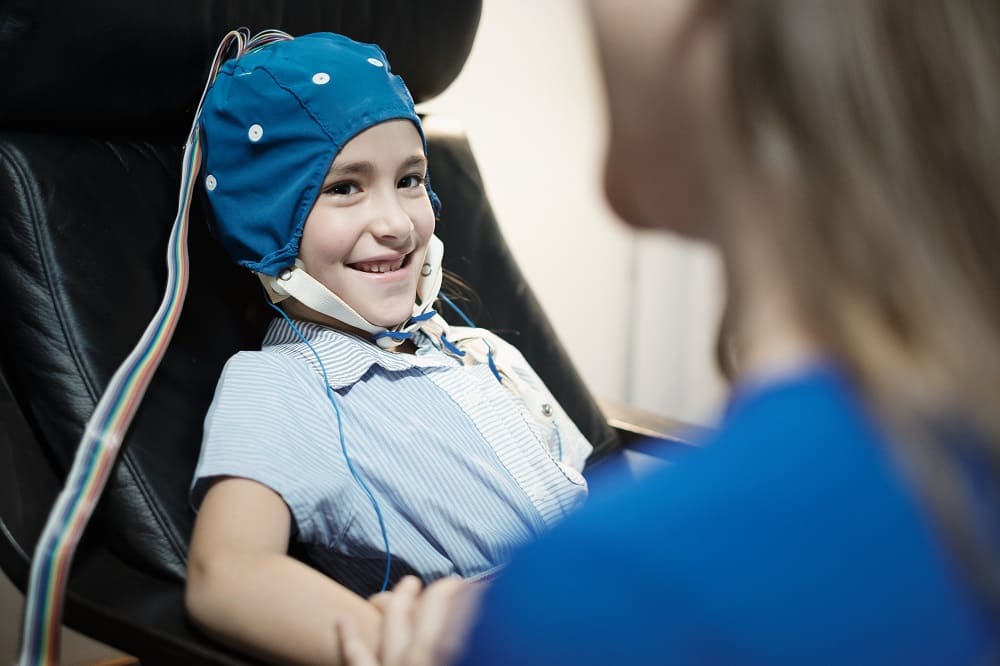Peak Performance
Motivated or high functioning people are different. Ask these people why they strive and many reasons unfold. Some report success as a compensation for early difficulties. Many others report that they seem to have been born with a gift and were given encouragement and resources to succeed. External forces differ. It is clear that in one area there is agreement. An internal desire to do well is the largest single common thread that signifies a potential high achiever. Those with this internal desire have learned to reflect on correcting past actions. EEG Neurofeedback or Alpha Training is one way to increase the ability to perform at a higher level. Alpha re-tunes the mind by calming the body and allowing the mind to be free.
One’s mind is creating neural pathways by simple repeated thoughts and or actions. Where are your thoughts leading you? How disciplined are any of us about where our minds or bodies are pointing? WRAP is a meme that serves as a reminder to keep positive energy surroundings one’s goals. Read more





